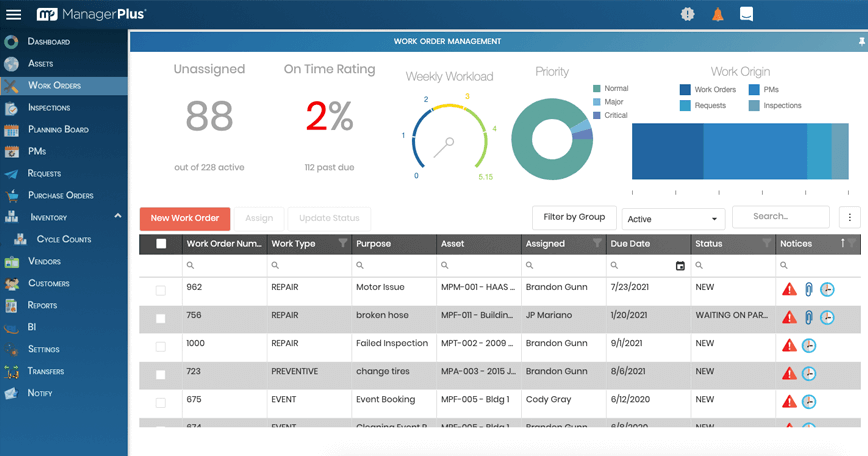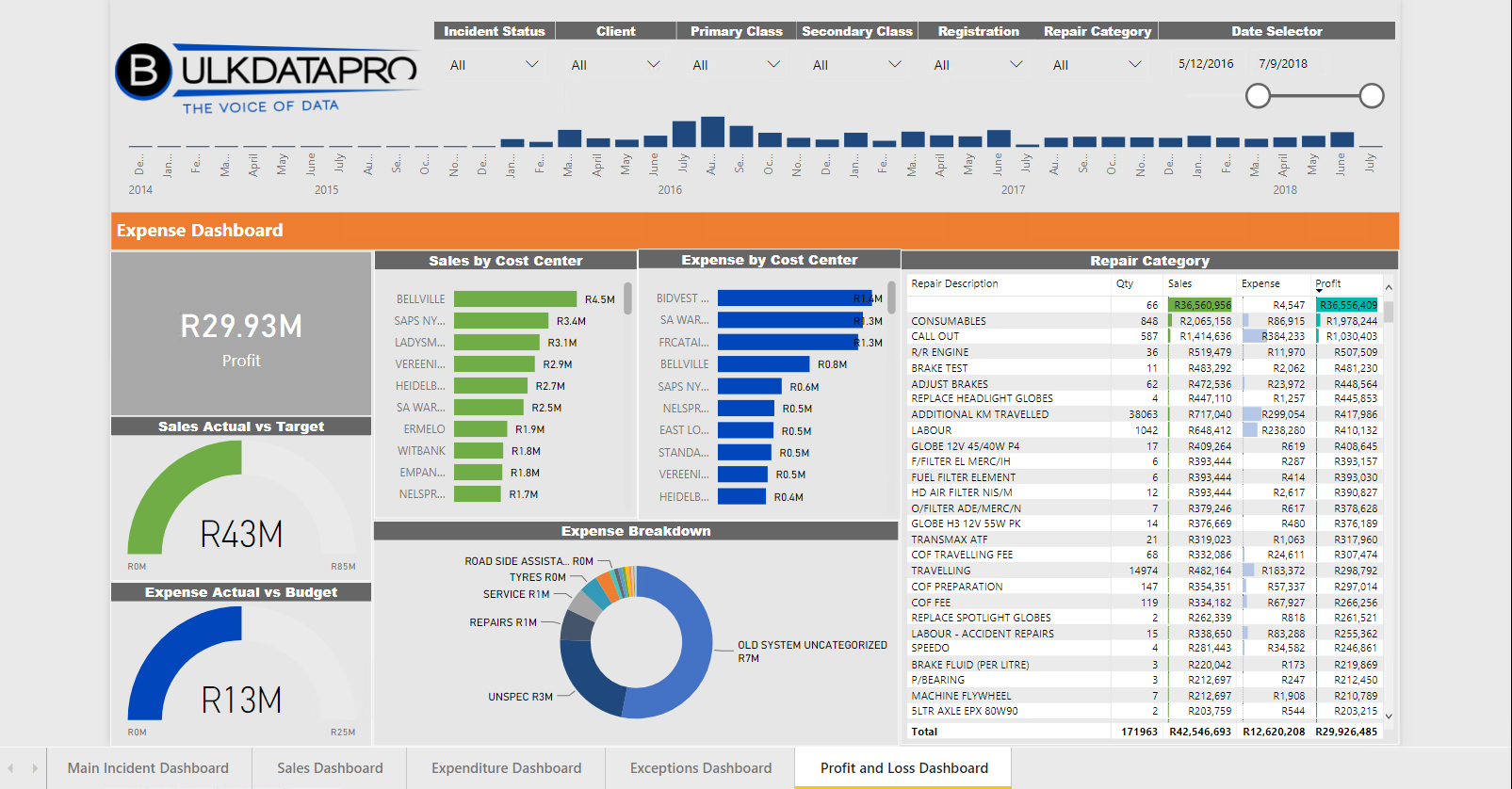Fleet Management Tools: Improve Efficiency and Lower Prices
Maximize Fleet Operations With Cutting-Edge Software Application Solutions
In the world of contemporary fleet administration, the combination of sophisticated software program solutions has actually come to be vital for services intending to enhance their operations and enhance general performance. As technology proceeds to advancement, the application of cutting-edge tools and systems has reinvented the way fleets are managed, using a huge selection of benefits varying from enhanced path preparing to real-time monitoring abilities.
Advanced Path Optimization Equipment
Optimizing fleet operations via the application of advanced path optimization tools is important for enhancing efficiency and lowering expenses. These devices leverage cutting-edge technology to enhance course planning, making certain that cars are taking the most effective courses to reach their destinations - australian fleet management software. By assessing numerous factors such as web traffic patterns, climate condition, and shipment home windows, these devices can produce optimized courses that decrease fuel usage and lower driver still time
Advanced course optimization devices additionally give real-time updates and notifies, permitting fleet supervisors to adjust to altering conditions on the fly. This versatility enables quicker feedback times to unforeseen events, such as traffic jam or last-minute delivery demands, improving overall consumer contentment.
In addition, these devices offer understandings right into motorist efficiency and automobile usage, helping identify locations for enhancement and cost-saving possibilities. By maximizing routes and taking full advantage of sources, fleet operations can attain higher performance levels and ultimately drive success. In today's affordable business landscape, purchasing advanced course optimization devices is a strategic decision that can produce substantial functional benefits.
Real-Time Fleet Monitoring Solutions
Real-time fleet monitoring remedies play an important duty in enhancing operational presence and performance for services handling a fleet of automobiles. By using GPS technology and innovative software, these solutions offer real-time updates on vehicle location, rate, and status. This level of transparency allows fleet supervisors to make enlightened choices without delay, leading to boosted route planning, decreased fuel intake, and much better overall fleet utilization.
With real-time fleet tracking, companies can keep track of driver behavior, ensure adherence to timetables, and boost customer support by offering accurate arrival times. The capability to track cars in real-time also allows fast feedback to unforeseen hold-ups, such as traffic jam or roadway closures, helping to reduce disruptions and maintain service levels.

Automated Upkeep Management Solution
With the structure of real-time fleet tracking services in location, services can enhance their operational performance even more by integrating automated maintenance management systems. These systems streamline the upkeep process by automating jobs such as scheduling routine upkeep, tracking car fixings, and managing inventory for spare parts. By carrying out automated maintenance administration systems, organizations can decrease downtime, prolong the lifespan of their fleet automobiles, and minimize unexpected malfunctions.
Among the crucial benefits of automated maintenance administration systems is the capability to set up upkeep based upon actual automobile use and efficiency data. This positive strategy assists prevent pricey repair services by resolving issues prior to they intensify. Furthermore, these systems provide real-time insights right into the health of each automobile in the fleet, allowing fleet managers to make data-driven decisions and focus on upkeep tasks efficiently.
Improved Chauffeur Interaction Platforms

Boosted driver interaction systems likewise encourage chauffeurs by offering them with devices to report issues, connect with dispatchers, and gain access to essential info on-the-go. This structured interaction not only improves driver fulfillment but also raises overall performance and performance. Additionally, these platforms usually offer capabilities such as electronic logging and performance analytics, providing fleet supervisors valuable understandings right into vehicle driver actions, vehicle usage, and operational performance.
Data-Driven Efficiency Analytics
To further enhance fleet procedures and enhance decision-making procedures, leveraging data-driven performance analytics is essential. By taking advantage of the power of innovative analytics tools, fleet supervisors can obtain valuable understandings right into numerous elements of their operations, including lorry efficiency, motorist behavior, fuel efficiency, and maintenance schedules. These analytics enable supervisors to determine trends, patterns, fleet management software and outliers that can influence functional effectiveness and cost-effectiveness.
With data-driven efficiency analytics, fleet managers can track key efficiency indicators (KPIs) in real-time, permitting aggressive decision-making and timely treatments to address any concerns that might arise. By monitoring aspects such as car application rates, idle times, and path efficiency, managers can maximize fleet sources, decrease gas consumption, and lessen downtime. Additionally, efficiency analytics can aid identify opportunities for process enhancements, training campaigns, and strategic financial investments to boost total fleet efficiency.
Conclusion
To conclude, optimizing fleet operations through sophisticated software program services can significantly enhance effectiveness and performance. By using innovative course optimization devices, real-time fleet monitoring services, automated upkeep administration systems, improved motorist interaction platforms, and data-driven efficiency analytics, firms can streamline their operations and decrease costs. These technological improvements permit for far better decision-making and total fleet monitoring, leading to a much more effective and competitive service model.